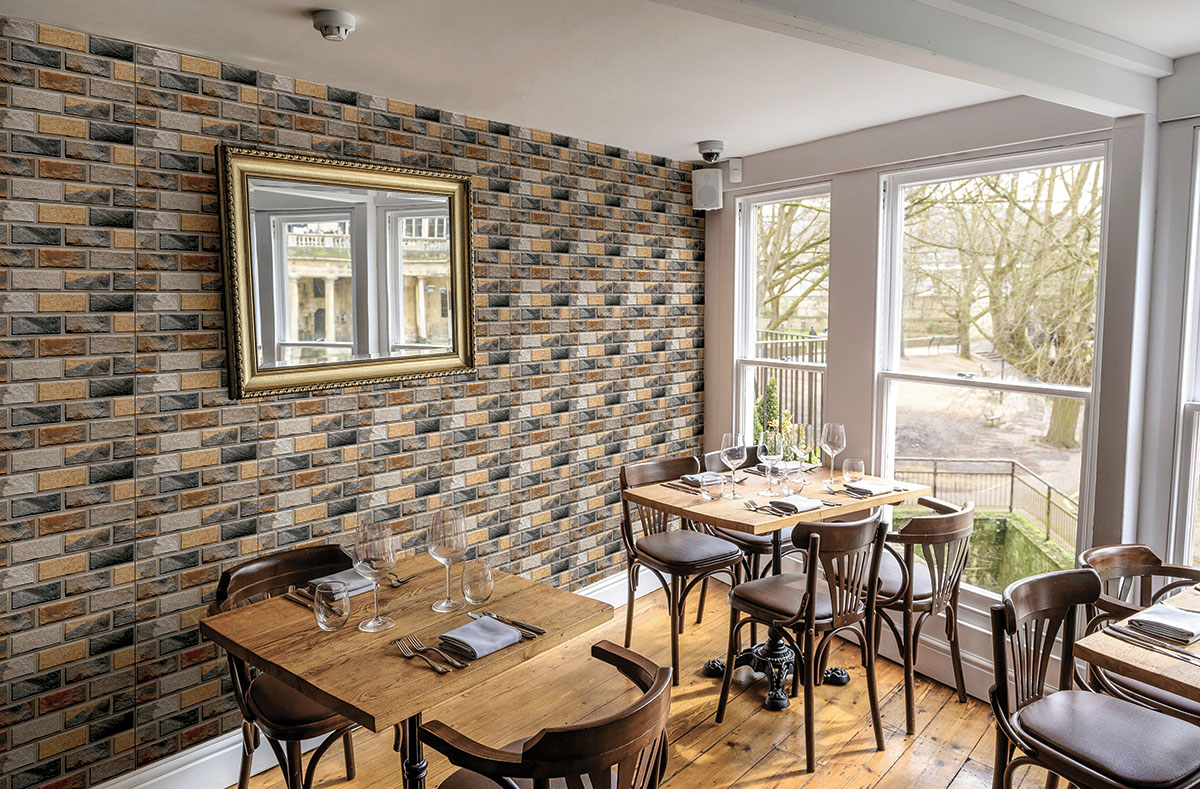
In today’s vertical and performance-focused architecture, wall cladding is more than a finishing material. It is a commitment to reliability and design integrity.
In today’s design landscape, walls have moved beyond their structural role. They narrate stories, express identity, and define the quality of the spaces we inhabit. Whether it is a sleek hotel façade catching the afternoon light or a minimalist living room wall setting the tone for calm, wall cladding has evolved from a decorative skin to an architectural system where aesthetics, engineering, and sustainability converge.
For architects and designers, this integration offers creative freedom backed by technical assurance. Whether the goal is a seamless porcelain façade or a textured stone feature wall cladding systems deliver consistent performance and enduring visual appeal.
Modern architecture now demands adhesives that are not generic but engineered and system tested. They must accommodate movement, withstand thermal variation, and bond across diverse substrates. Adhesives have become performance systems that directly influence safety, structural stability, and design integrity.
Marble: Known for its elegance, depth, and reflective surfaces, marble elevates interiors and can be used on select exteriors with proper treatment. Its softer nature means it requires ongoing maintenance and periodic sealing.
Granite: Renowned for its toughness and resistance to weathering, granite is perfect for exterior applications and areas with heavy use. Its more subtle veining may limit bold aesthetic choices.
Sandstone: This stone brings warmth and an organic texture to spaces. Being softer and porous, it demands careful upkeep and sealing to protect against stains and erosion.
Quartzite: Offering the visual allure of marble and the durability of granite, quartzite works well for both interiors and exteriors. Certain types can be expensive and require professional handling due to their hardness.
Cladding is more than an external finish. It is an engineered system that defines the architectural and environmental performance of a building. Correct specification, detailing, and installation are crucial to ensure safety, fire performance, and durability.
Sustainability, life-cycle value, and design identity now go hand in hand. As digital tools like BIM and façade simulations evolve, cladding design will continue to integrate aesthetics, structure, and environmental responsiveness in one cohesive envelope. In essence, the evolution of cladding represents the meeting point of technology, creativity, and responsibility—shaping the way we experience buildings from the outside in.
Read the full story that first appeared in Architect & Interiors Nov 2025 issue here:

Leave a Reply